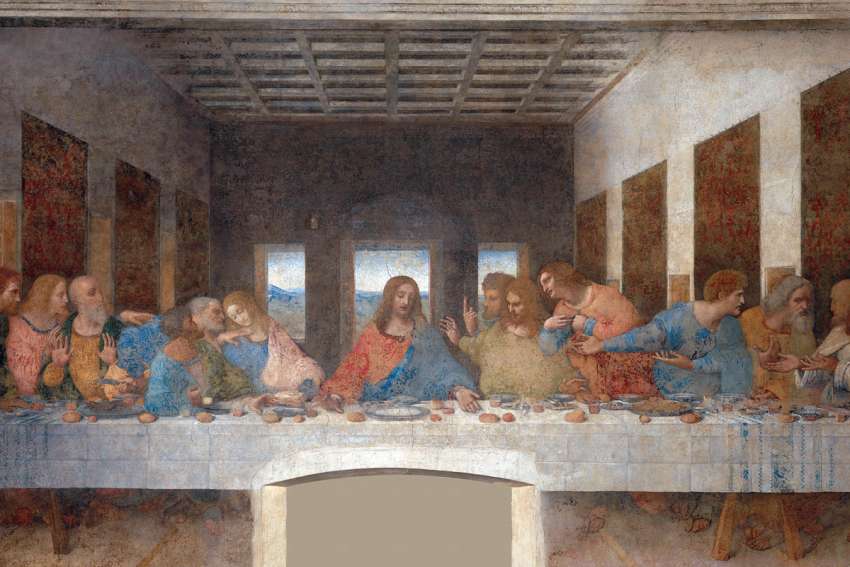Equally fascinating is when this occurs in painting. Images that appear boldly on the surface are not always what they seem, or indeed, not even the original image. In days past, when materials were scarce, an artist might reuse an older canvas and cover it anew. Over time, as the paint faded, the earlier image might shimmer into view — a ghost of the artist’s original intent.
Lilian Hellman made this a metaphor in her memoir Pentimento: “Old paint on a canvas, as it ages, sometimes becomes transparent. When that happens it is possible, in some pictures, to see the original lines: a tree will show through a woman’s dress, a child makes way for a dog, a large boat is no longer on an open sea. That is called pentimento because the painter ‘repented,’ changed his mind. Perhaps it would be as well to say that the old conception, replaced by a later choice, is a way of seeing and then seeing again.”
Some transformations are more dramatic. A number of painters hid images of their mistresses by repainting over them with a new subject. Amadeo Modigliani’s Portrait of a Girl comes to mind, in which a woman’s image covers a full-length rendering of his ex-lover Beatrice Hastings. Paintings of kings and generals out of favour similarly disappear beneath a new coat of paint or are camouflaged through artistic trickery. Goya painting Napoleon but transforming it into a Portrait of Don Ramón Satué to avoid controversy is one example. Some artists used anamorphosis, or complex distortions, to disguise or hide an image in plain sight.
Carol Glatz recently wrote on the Vatican’s initiative to shed light on the process of restoration and the glorious discoveries that were made thanks to the improved technologies allowing restorers to x-ray and analyze major works, then to return them to their former glory. In the process some wonderful discoveries were made. Glatz writes, “with Leonardo da Vinci’s Saint Jerome in the Wilderness, there are closeups of the painting’s light blue sky, revealing the Florentine artist’s fingerprints from when he blended and spread the fresh pigments on the surface with his hand.”
And everyone remembers the joyful discovery, through the Vatican’s extensive renovation of the Sistine Chapel, that Michelangelo’s colour palette was actually vibrant and dynamic, rather than the muted colours that time imposed on his masterpiece.
Some discoveries appear more far-fetched than others, such as the claim that there is a UFO in the background of Domenico Ghirlandaio’s Madonna with Saint Giovannino, or that the rolls of bread and the hands of the apostles in da Vinci’s The Last Supper, if placed on a staff, actually form a musical piece. It’s quite a pretty musical number, if you care to look it up. Whether it was actually da Vinci’s intent or not is another question, though that particular painting has been especially popular for reinterpretation, from the musical suggestion above to Dan Brown’s machinations in The Da Vinci Code. Though if anyone can be charged with such craftiness, da Vinci is an obvious candidate: a brilliant painter, an extraordinary musician and an obsessive code writer. Is this why there is writing in Mona Lisa’s eye? And if so, what can it possibly mean?
Of course, conspiracy theorists have made similar claims about our sacred texts — that the Bible is actually code that needs to be deciphered so that we can learn what is actually beneath the surface; or those who believe it is an encrypted reference to an alien presence on our planet. Apparently it was they (the aliens, not the theorists), who actually parted the Red Sea. Despite the millennia of art focused on our religious stories or the millions of reinterpretations that have been made about the sacred text, the truth of the matter is that Jesus’ message — His words — are always clear for all to see. Pure and simple. No fading. No painting over. Simply the unvarnished truth.
(Turcotte is President and Vice-Chancellor at St. Mark’s and Corpus Christi College, University of British Columbia.)

